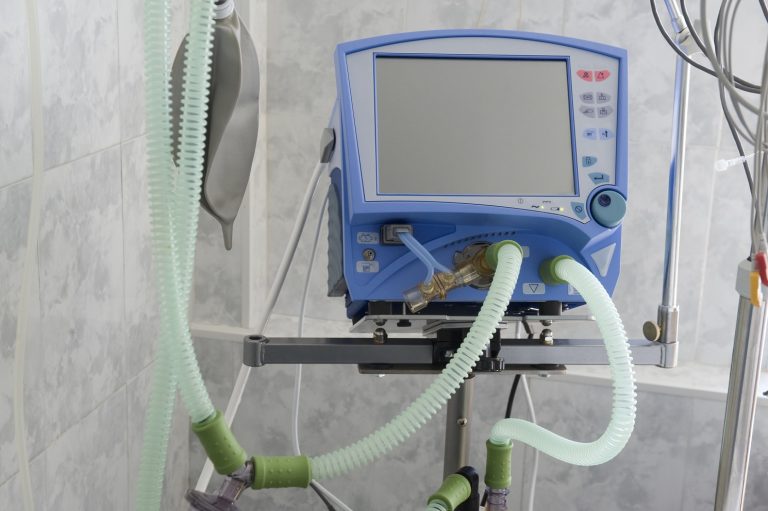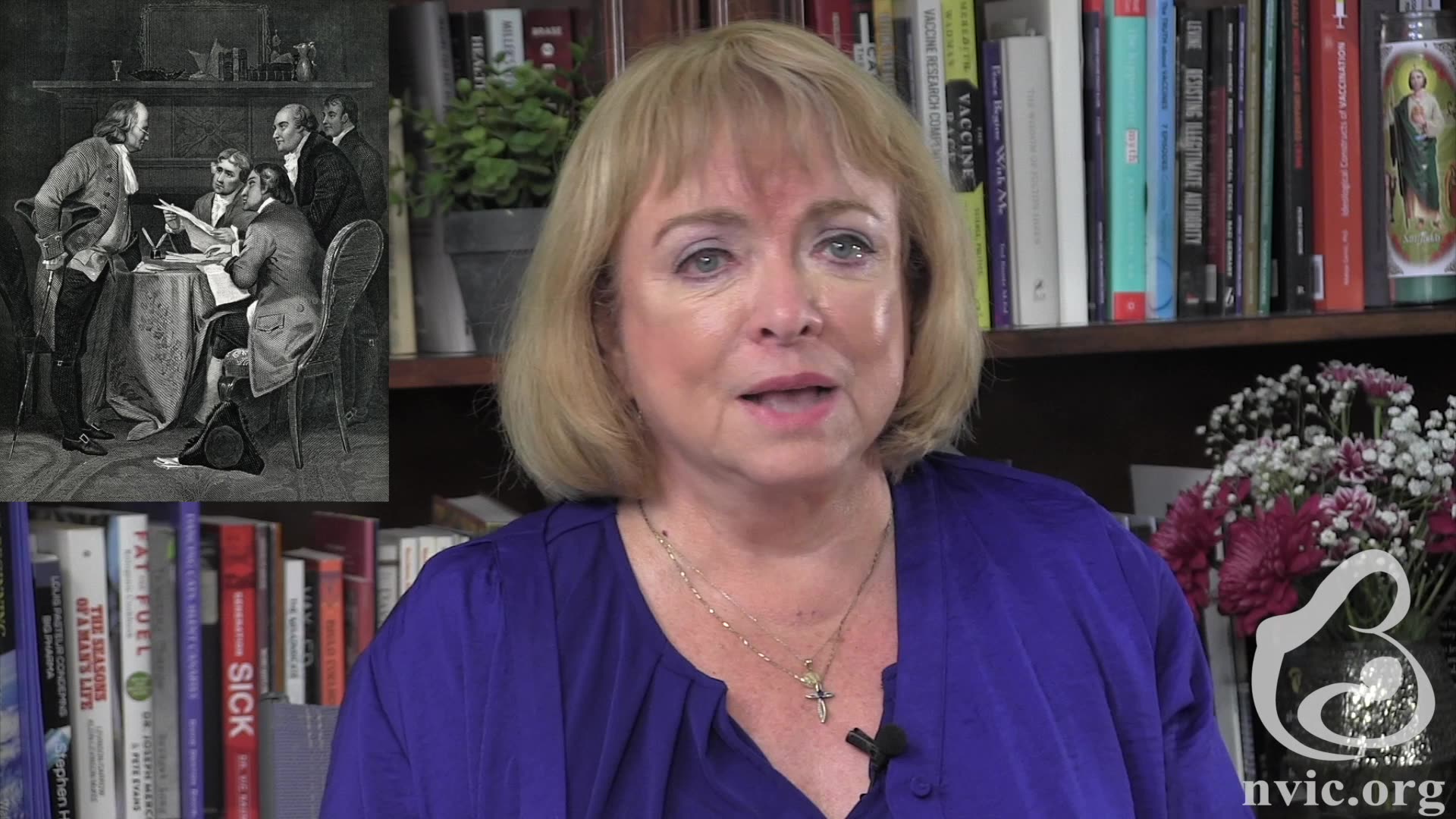The market for “iron lung” machines is estimated at well over $2 billion annually. Of course, the machines are no longer referred to as iron lungs, because the technology has advanced and they’re now called “ventilators.” Several studies have been published during the past year estimating the annual value of the market for ventilators and projecting its growth through the middle of the next decade.1
In 2018, a study by Allied Market Research (AMR) of Portland, Oregon pegged the global market for mechanical ventilators $2.242 billion in 2017 and forecast that it would reach $3.819 billion by 2025, for a compound annual growth rate (CAGR) of 6.8 percent from 2018 to 2025. The report described a mechanical ventilator as a “machine that supports patients with chronic respiratory disease or insufficient breathing while inhaling and exhaling air into and out of the lungs.” It attributed the growth in the market to the “[r]apid rise in geriatric population who are more prone to respiratory disorders and high prevalence of chronic respiratory diseases…”2
AMR’s report also noted the importance of “technological innovation” in the design and portability of the devices in providing “significant profitable opportunities for the market players,” which include Becton, Dickinson and Company (CareFusion/Vyaire Medical, Inc.), Carl Reiner GmbH, Draegerwerk AG & Co. KGaA, Getinge AB (Maquet Holding BV & Co. KG), General Electric Company (GE Healthcare), Hamilton Medical AG, Koninklijke Philips NV, Medtronic, plc. (Covidien Ltd.), Mindray Medical International Ltd. and Smiths Group, plc.2
The first iron lungs, by contrast, were designed and developed by Philip Drinker and Louis Agassiz Shaw of Harvard University in the 1920s, and later by American inventor John Haven Emerson and his company, the J.H. Emerson Company of Cambridge, Massachusetts, in the early 1930s. Australian inventor Edward Thomas Both also designed and developed iron lungs during the 1930s and, later, in partnership with British automobile manufacturer and philanthropist William Richard Morris, mass produced them.1 3 4 5 6 7 8 9
Both the industry and the technology have come a long way since then.
Another study by Transparency Market Research (TMR) of Albany, New York valued the mechanical ventilator market at $1.621 billion in 2017 and projected that it would reach $2.937 billion by 2026, for a CAGR of 6.9 percent. That report also acknowledged the “technological innovations” that have “revolutionized” the market in the “last few decades.” It added, “Development in the technology and design of ventilators has expanded the use of mechanical ventilators not only in hospitals, but also in transport and home care settings.”10
The TMR report cited the increasing portability and non-invasive nature of the new ventilators has having “revolutionized” the mechanical ventilators market. A far leap from the heavy tank designs of the old iron lungs that could weigh 800 pounds or more and measure seven feet in length.10 11
A more recent study of the mechanical ventilator market was published in March 2019 by Grand View Research of San Francisco, California. That report is far more liberal in its estimate of the market than the AMR and TMR reports. It values the mechanical ventilator market at $4.3 billion in 2018 and forecasts a CAGR of 6.6 percent over the next seven years, for a market value of $7.13 billion by 2026.12
According to Grand View, “Critical care ventilators led the market in 2018 due to their extensive usage in hospitals. Hospitals are encouraging the usage of portable ventilators to provide convenient and faster care. Thus, rising number of hospitals is also expected to fuel the segment growth.”12
It is difficult to estimate the number of iron lungs produced during the first half of the 20th century, but it was likely in the thousands, not tens of thousands. In 1939, for example, there were only a total of about 1,000 iron lungs in use in the United States and another 1,000 iron lungs in the United Kingdom, and that probably represented the vast portion of the iron lung machines in the world at the time. Tens of thousands of people used iron lungs to help them breathe. Some of them were diagnosed with polio and others had trouble breathing due to other health problems.13 14
By 1959, there were only 1,200 people using iron lungs in the U.S.5 That is likely a fraction of the number of Americans who use mechanical ventilators today. As Jessica Nutik Zitter, MD, MPH correctly pointed out in a 2017 WIRED article on health care technologies, the mechanical ventilator has become the “trademark tool of intensive care medicine.”15 Most modern hospitals have mechanical ventilators.
According to The American Association for the Surgery of Trauma:
Mechanical ventilation is one of the most common interventions implemented in the intensive care unit. More than half of the patients in the ICU are ventilated the first 24 hours after ICU admission; comprised of individuals who have acute respiratory failure, compromised lung function, difficulty in breathing, or failure to protect their airway.16
The number of mechanical ventilators being produced has never been greater than it is today. Based on market studies, these numbers will continue to rise consistent with the growing demand for the use of these breathing machines.
References:
1 Cáceres M. “Iron Lungs” Still Around. They’re Called Ventilators. The Vaccine Reaction May 7, 2017.
2 Pandey S, Sumant O. Mechanical Ventilator Market. Allied Market Research August 2018.
3 Dhawan N. Philip Drinker versus John Haven Emerson: Battle of the iron lung machines, 1928-1940. J Med Biogr Aug. 31, 2018.
4 Emerson Iron Lung. National Museum of American History.
5 The Iron Lung and Other Equipment. National Museum of American History.
6 Iron lungs for polio victims, 1930s-1950s. Rare Historical Photos.
7 Abeel D. The Remarkable John “Jack” Emerson: Founder of the J. H. Emerson Company. Cambridge Historial Society.
8 Iron lung. Wikipedia.
9 Edward Both. Wikipedia.
10 Mechanical Ventilators Market Size, Share, Trends, Growth, Export Value, Volume & Trade, Sales, Pricing Forecast. Transparency Market Research December 2018.
11 Zimmerman J, The Iron Lung. History by Zim Aug. 4, 2011.
12 Mechanical Ventilators Market Size, Share, Industry Report, 2019-2026. Grand View Research March 2019.
13 The Iron Lung. Science Museum Oct. 14, 2018.
14 A lifetime in an iron lung: courage in the face of a cruel disease. The Independent May 30, 2008.
15 Zitter J. Pricey Technology is Keeping People Alive Who Don’t Want to Live. WIRED Apr. 10, 2017.
16 Mechanical Ventilation in the Intensive Care Unit. The American Association for the Surgery of Trauma.













5 Responses
So Iron Lung aren’t so obvious anymore, supporting the Golden Myth of Medicine, that they vanquished polio. Funny that, even back in the 50’s, everyone took the iron lung as the symbol of polio, and later, the symbol that it was gone
The only way the medical industry can convince people to do these stupid things is to scare them into it. How sad so many people fall for it. Does no one think independently anymore? They just let their doctors make their “life decisions”??? Then they get what they deserve, in my book.
I have worked in healthcare as a respiratory therapist for 22 years, and many of those years in intensive care. The two biggest reasons I see for such heavy use of mechanical ventilation is a lack of nurses and respiratory therapists with good assessment skills to be able to detect problems early on and avoid the downhill spiral that often results in respiratory compromise / failure. Secondly, a lack of response from physicians due to heavy loads, thus resulting in lack of early intervention, and / or not responding with proper intervention. Our healthcare system is a total disaster.
I don’t understand the point of view this article is taking. Are ventilators bad? Good?
The point of this article is to show that mechanical ventilators are still around. It is meant to answer those who claim that “iron lung” machines have disappeared, and that is “proof” that polio has largely been eradicated as a result of the polio vaccines. They haven’t disappeared, they’ve just advanced technologically. That’s all.